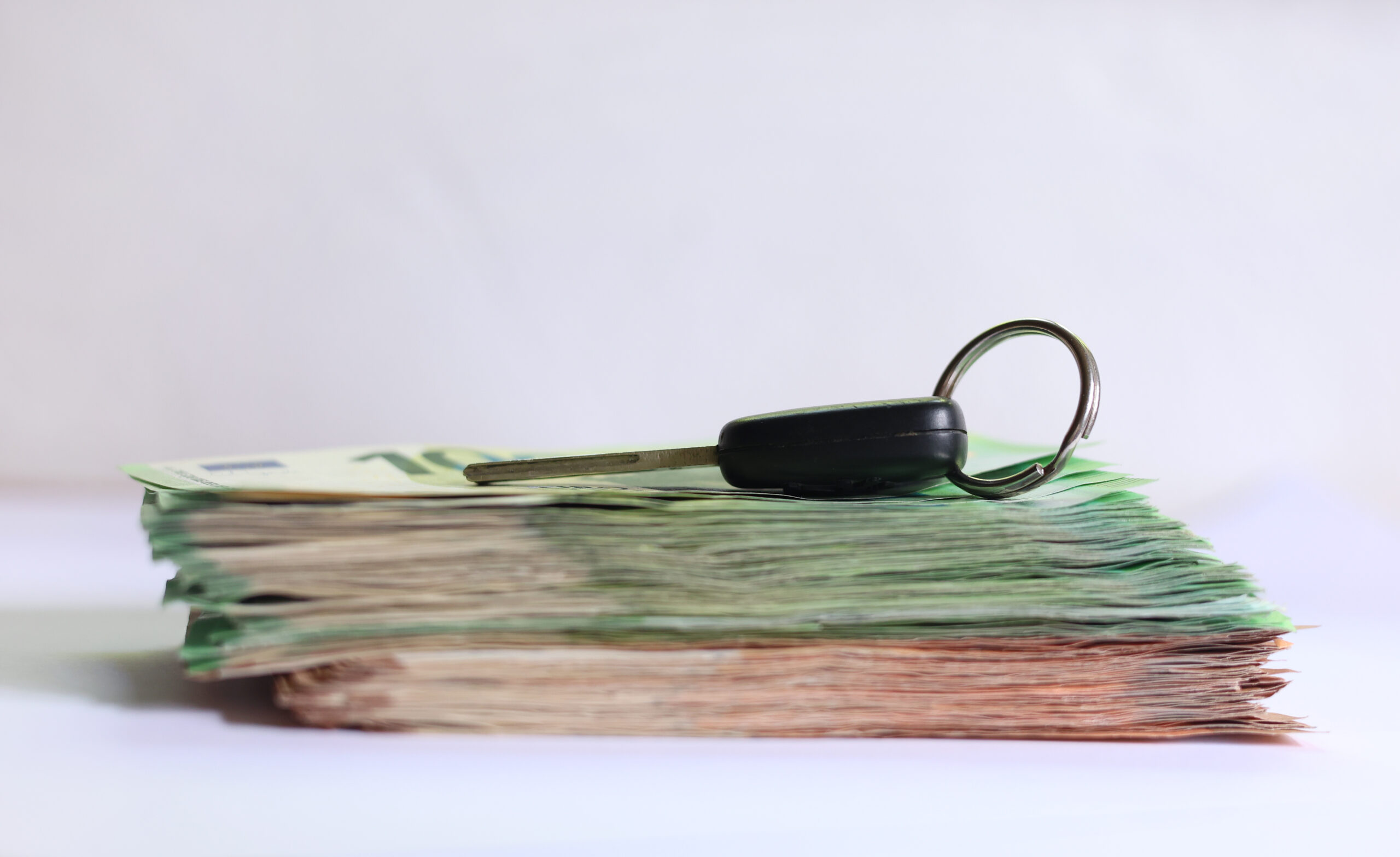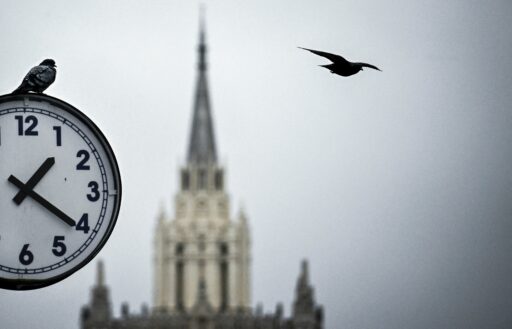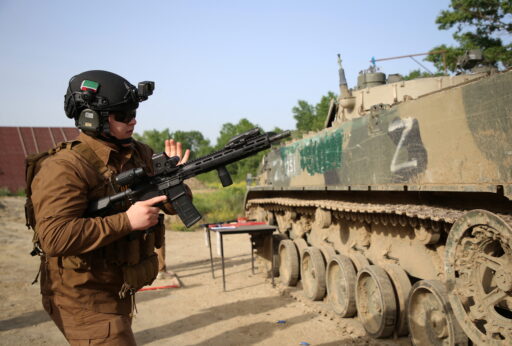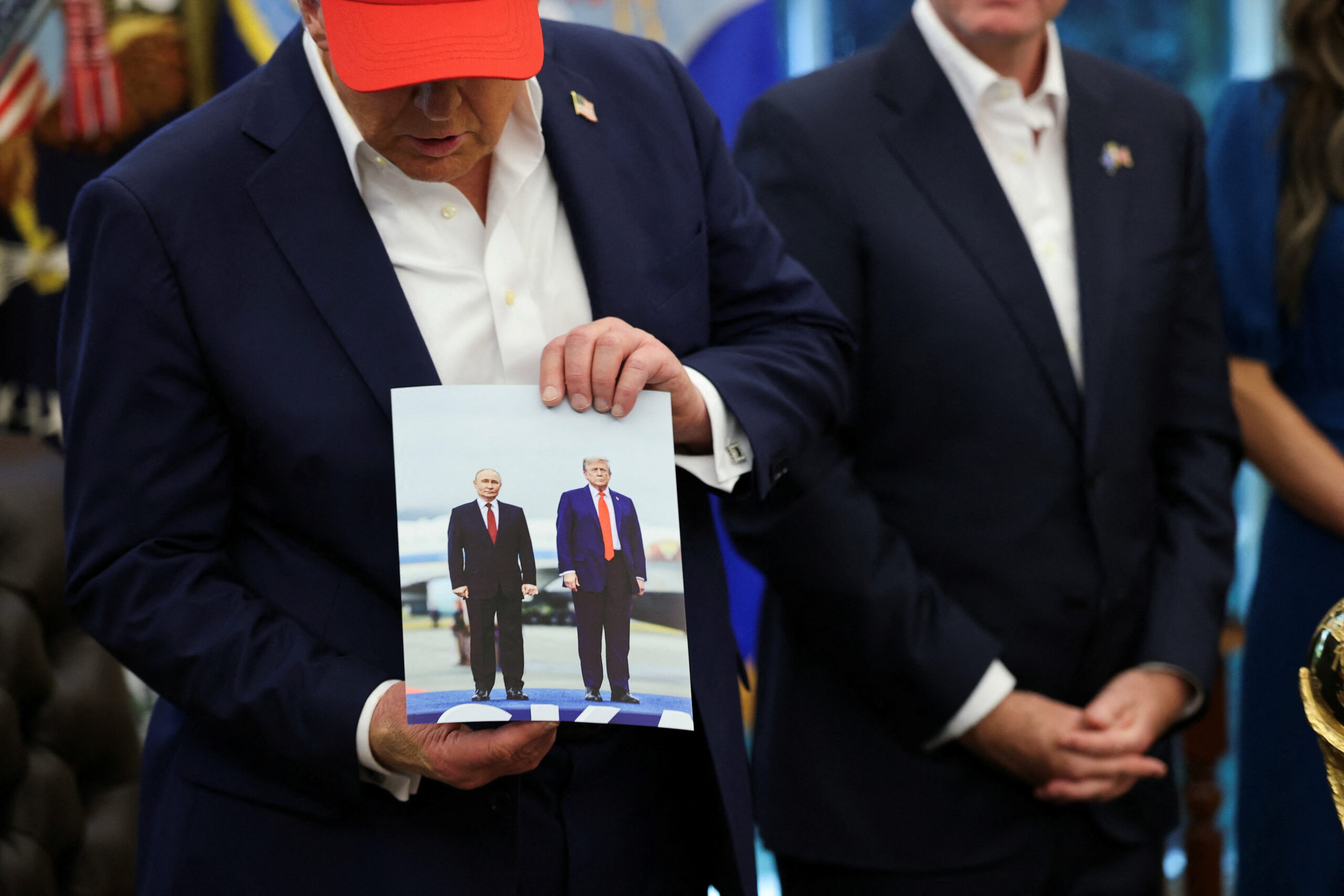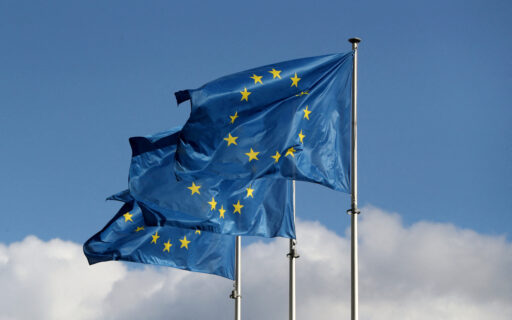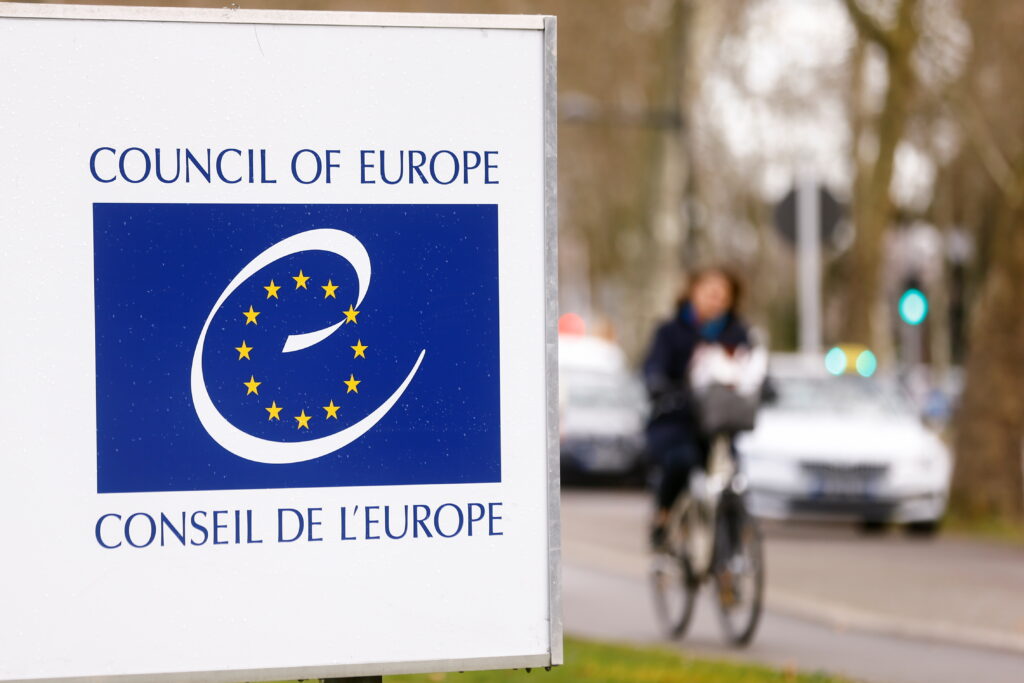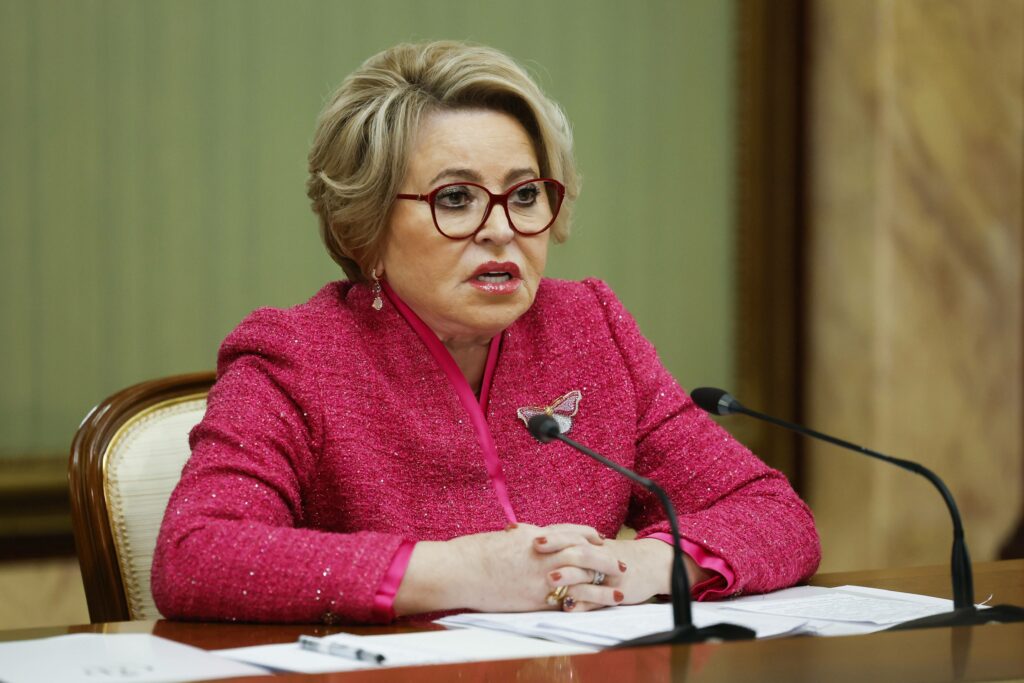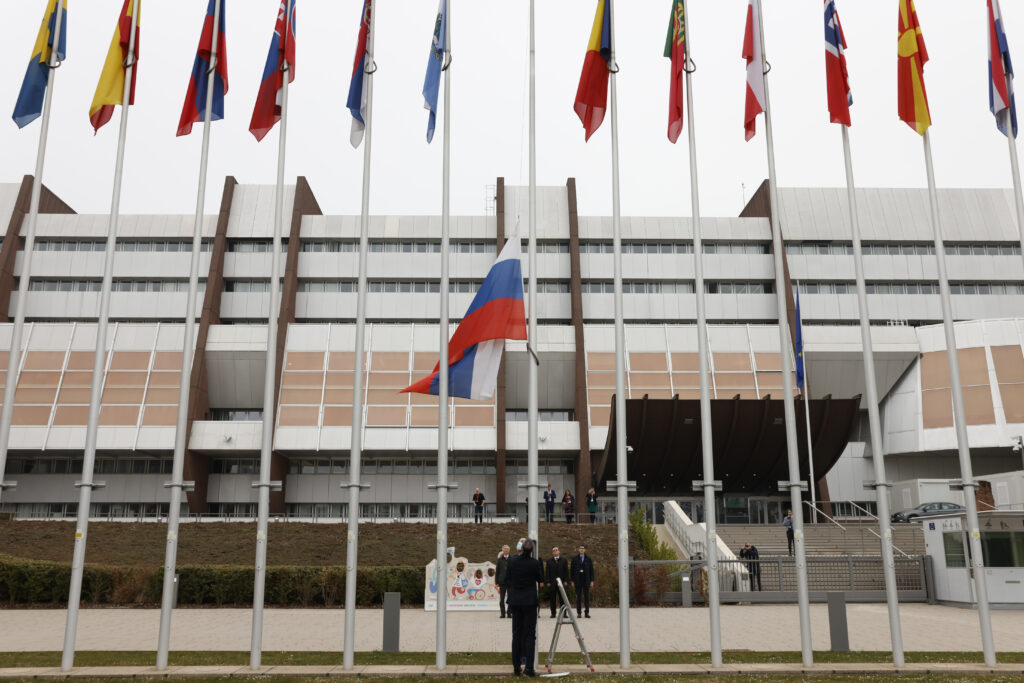Since Russia’s full-scale invasion of Ukraine began, the Central Bank of Russia’s assets have been frozen worldwide. The bulk of them are held in the European Union, mainly in Belgium under the management of Euroclear. For the past three years, the fate of these funds has remained uncertain. Many countries and politicians supporting Ukraine have repeatedly called for confiscating and transferring these assets to Kyiv. However, a number of states—including Belgium, where the funds are held—have refused such a step, citing international law norms. At present, profits from the frozen assets are already being used, and plans are being developed for their partial seizure without full confiscation.
Shifting the Boundaries of What’s Permissible
Since February 2022, the debate over the fate of Russia’s frozen reserves has evolved from political slogans to cautious financial and legal schemes. Right after the war started, there were loud calls to use these funds for Ukraine’s reconstruction: EU foreign policy chief Josep Borrell advocated transferring them to Kyiv, Ukrainian President Volodymyr Zelenskyy proposed a multilateral treaty on confiscation, and the UN General Assembly adopted a resolution in November 2022 on Russia’s financial responsibility for the damage in Ukraine. But no concrete legal mechanisms emerged at the time.
By 2023, it became clear that the EU lacked a legal basis for directly confiscating Russian assets, so attention shifted to temporarily using these funds—primarily by channeling profits from investments in the frozen Russian securities. The U.S., meanwhile, ramped up pressure on its European allies, suggesting at least partial seizure of the assets or using their yields to provide loans to Kyiv. Even Washington, however, acknowledged the high legal and financial risks of such moves.
By early 2024, the EU had found its first practical solution: member states agreed to direct profits from the frozen reserves into a special fund to support Ukraine. Around the same time, the U.S. passed a law empowering the president to seize Russian assets on U.S. soil, but those powers were never exercised. In spring 2024, the G7 officially backed away from full confiscation of Russian assets, favoring schemes based on using their income instead. The U.S. proposed a major loan to Ukraine secured by the frozen assets, while the EU focused on funding arms purchases and other aid using profits from those assets.
The confiscation issue resurfaced in January 2025: the outgoing Biden administration tried to persuade the EU to transfer the assets to a special account from which Russia could only withdraw them upon reaching a peace agreement. The incoming Trump team backed the idea, but the Europeans decided against taking the risk. Notably, President Joe Biden didn’t confiscate Russian assets in the U.S. before leaving office, even though he had the authority to do so.
The asset confiscation topic heated up again in mid-September 2025. On September 12, Bloomberg reported on U.S. plans to develop a legal mechanism for confiscating assets at the G7 level. On September 25, German Chancellor Friedrich Merz proposed creating a mechanism to provide Kyiv with an interest-free loan of nearly € 140 billion, backed by the frozen assets. Under his plan, the debt would only be repaid after Russia compensates Ukraine for war damages. Germany and other EU countries continue to oppose full confiscation, viewing it as legally unfounded and fraught with serious political and financial fallout. As an alternative, Europe has opted for a compromise approach that allows limited use of Russian assets.
Profits from Assets
After the EU froze the Central Bank of Russia’s reserves in 2022, the funds remained in European depositories, mostly within the Euroclear system. Under normal circumstances—without war or sanctions—Russia would receive cash flows as its securities, mainly bonds, matured.
Due to sanctions, these funds can’t be transferred to their owner and instead accumulate in Euroclear. So far, about € 175 billion has built up this way, and it’s expected to grow to € 185 billion in the coming years as more securities mature. Since Russia’s central bank can’t access them, the depositories invest the funds in short-term financial instruments and deposits, generating interest income.
The EU has classified these inflows as «extraordinary cash balances proceeds» arising from the sanctions freeze. Unlike the original assets, which are protected by sovereign immunity, these new earnings aren’t automatically considered Russia’s property: they arose in EU jurisdiction after the owner lost control, so in the EU’s view, the previous immunity doesn’t apply.
The political decision to direct these profits to Ukraine was made by EU countries in spring 2024. On May 21, the EU Council approved two key documents: Regulation (EU) 2024/1469, which requires central depositories to transfer 99.7% of net profits from frozen Russian assets to the EU budget, and Decision 2024/1470, which designates those funds for Ukraine support. Initially, 90% was slated for military aid via the European Peace Facility (EPF), with 10% for civilian needs through the Ukraine Facility fund. In October 2024, the split was adjusted: 95% goes to the EU budget for servicing credit support to Ukraine, and 5% to the EPF.
The first transfer of profits from the frozen Russian reserves took place in July 2024, totaling € 1.5 billion. These funds went to the EPF and were used to buy weapons and military equipment for Ukraine. In spring 2025, the European Commission confirmed receipt of the second tranche—€ 2.1 billion (profits for the second half of 2024). These are formally booked into the EU budget but directed toward servicing and repaying loans to Ukraine under the G7/EU program (Ukraine Loan Coordination Mechanism). In effect, they help fund Ukraine’s budget. In summer 2025, the third tranche arrived—€ 1.6 billion (profits for the first half of 2025).
On one hand, this mechanism lets the EU partially free up its own resources by shifting the burden of funding Ukraine onto Russian assets. On the other, the amounts are clearly too small to make a real difference or offset, say, any potential cuts in U.S. support.
In August 2025, Hungary filed a lawsuit at the EU Court challenging the use of profits from Russian assets for arms purchases. There’s no update on the case yet, but the move once again highlights how tough it is for EU countries to reach collective decisions.
Reparations Loan
Russia’s reserves in Europe consist mainly of bonds, deposits, and other securities that the Central Bank of Russia held before the war began. Despite the freeze, these assets continue to perform under their terms: issuers pay coupons and redeem principal, and some funds are reinvested to preserve yields. In normal times, these payments would go to the owner—the Bank of Russia. But sanctions prevent Euroclear from sending them to the recipient. The funds stay on the depository’s accounts as undistributed receipts and are recorded as liabilities to Russia. These aren’t new assets but rather income and redemptions from previously purchased securities that Russia can’t access right now. Legally, they remain Euroclear’s obligation to the Bank of Russia: the depository must return them if sanctions are lifted, but in the meantime, it manages and can invest them.
The European Commission believes this opens the door to using them without infringing on Russia’s property rights over the original assets. On October 1, Commission President Ursula von der Leyen unveiled a new plan to leverage Russian assets. Under it, Euroclear would invest the accumulated payments earmarked for Russia into special EU bonds. The EU would then pass the proceeds to Ukraine as an interest-free loan, disbursed in tranches as needed. Ukraine would only repay the loan after the war ends and Russia pays reparations, at which point the EU would settle with Euroclear. This setup is dubbed the «reparations loan”—a loan backed by future reparations, while formally keeping the Russian assets frozen.
To make the scheme reliable, EU countries would need to provide sovereign guarantees totaling around € 175 billion to cover risks if sanctions were lifted before Russia pays compensation. As early as summer, the funds’ operator had warned that forcing investment of someone else’s money could be seen as expropriation, creating legal risks for the depository itself. On October 1, Belgian Prime Minister Bart De Wever stated that such a move could be viewed as de facto confiscation, potentially triggering multibillion-dollar lawsuits against Euroclear and harming Belgium’s economy. He called for legal certainty, guarantees of shared risk distribution among all EU members, and fair accounting of Russian assets frozen not just in Belgium. De Wever likened the situation to «the goose that lays the golden eggs»: the EU is already using the income, but now it wants to touch the accumulated capital, risking the loss of future profits and leverage over Moscow.
Prospects
The question of what to do with Russia’s frozen reserves remains a thorny, largely unresolved issue for Europe. The main hurdle is the fear of undermining trust in the euro as a global reserve currency: if the EU sets a precedent for forcibly seizing sovereign assets, other countries might deem the European financial system unsafe and pull out their reserves. There’s also the added risk of legal fallout: confiscation without a solid basis could lead to protracted lawsuits and financial claims. The U.S., despite having the legal tools, hasn’t resorted to direct confiscation of Russian assets in three years and is unlikely to go first.
No single EU country would dare take such a step alone. The obstacles persist at the European level too: the main assets are in Belgium, and without Brussels’ buy-in, nothing can happen. The success of the European Commission’s proposed scheme will hinge on whether EU countries can offer Belgium the necessary legal and financial guarantees, as well as on the political will of European leaders to push it through despite the risk of escalation with Moscow. That outcome isn’t out of the question but pulling it off would require rare unity and resolve from Europe.
